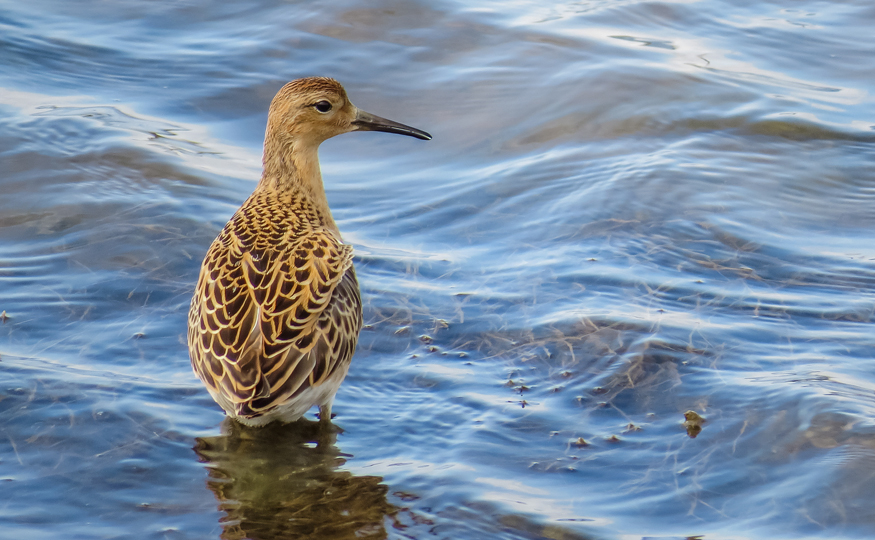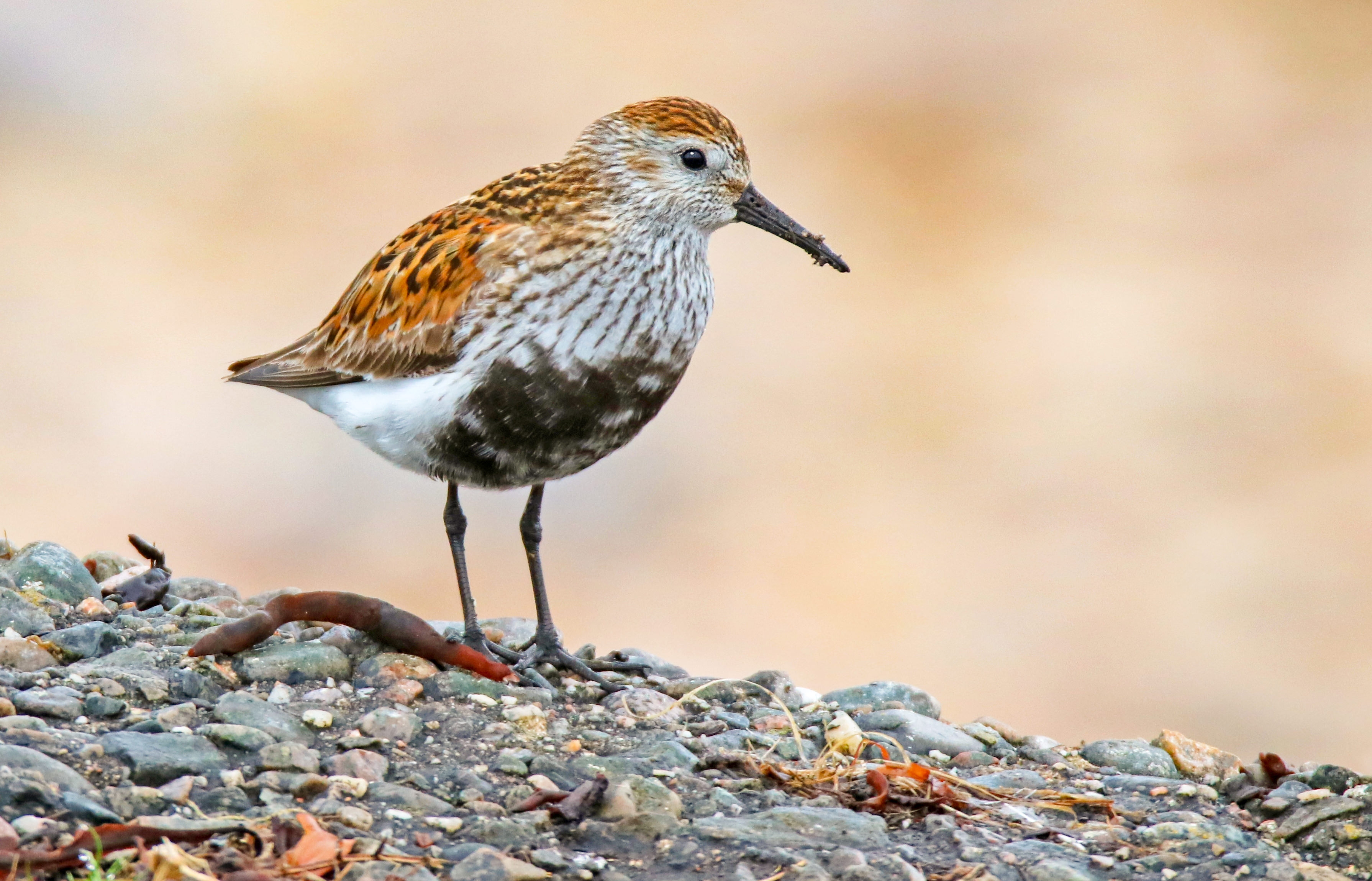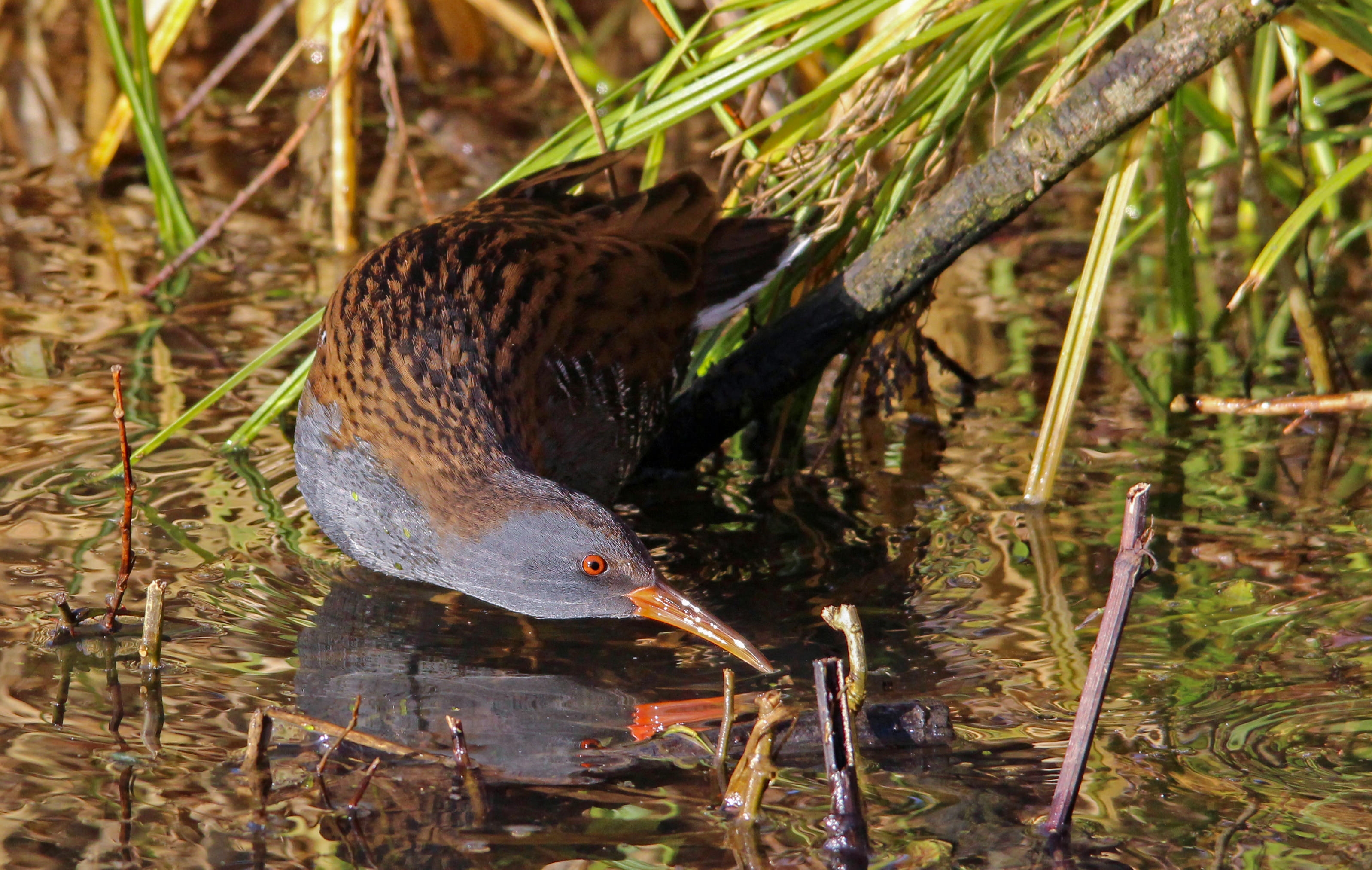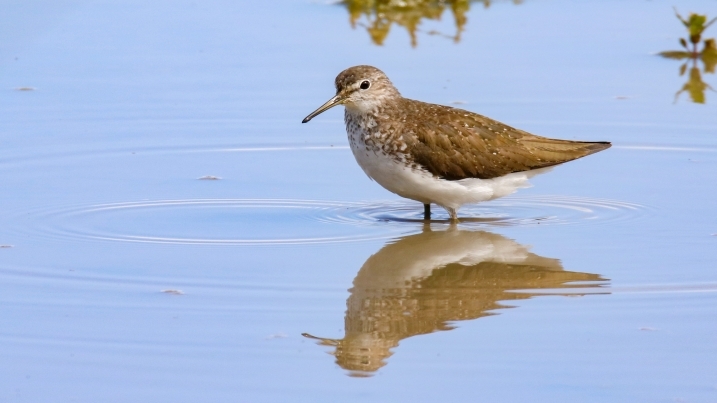Latest Sightings

Wader visitation continues apace this week. Fourteen ruff were counted in front of Raines Hide at noon today along with three black tailed godwits on the mere. On Sunday there was a golden plover and two dunlin flocking with the lapwings at Gordon Taylor. A woodcock was sighted on the public footpath behind the reedbed and many more were seen on the wet meadows during a ringing session. On the wet meadows there were also high numbers of snipe and the occasional jack snipe.
As temperatures have dropped we’ve seen a lot of passerine activity: flocking together to better find food and visiting the feeders more regularly. A gold crest was seen feeding with a group of long tailed tits in the willows near United Utilities. A chiff chaff was sighted on the public footpath at the back of the reedbed and another heard near Hale Hide. Britain is seeing increasing numbers of wintering chiff chaff but interestingly they’re usually not the ones that have bred here. As our breeders migrate to Africa for the winter they’re replaced by migrants who breed on the continent and over winter here.
As passerine activity increases, so does that of their predators. Sparrow hawks were seen hunting in the grounds, along the paths of the reed bed and perching behind Woodend Marsh this weekend. A merlin was spotted at the back of the reed bed yesterday.
Whooper swans continue to trickle in from Iceland, as do pink footed geese from Iceland and Greenland. They’re still arriving, clear from the orange stained heads on the swans, with hopefully many more still to come.
A swallow was seen on the reserve last week. Small numbers of Britain’s quintessential migrant has been able to over winter here since 2009 because of the warming climate.
Image: Ruff



